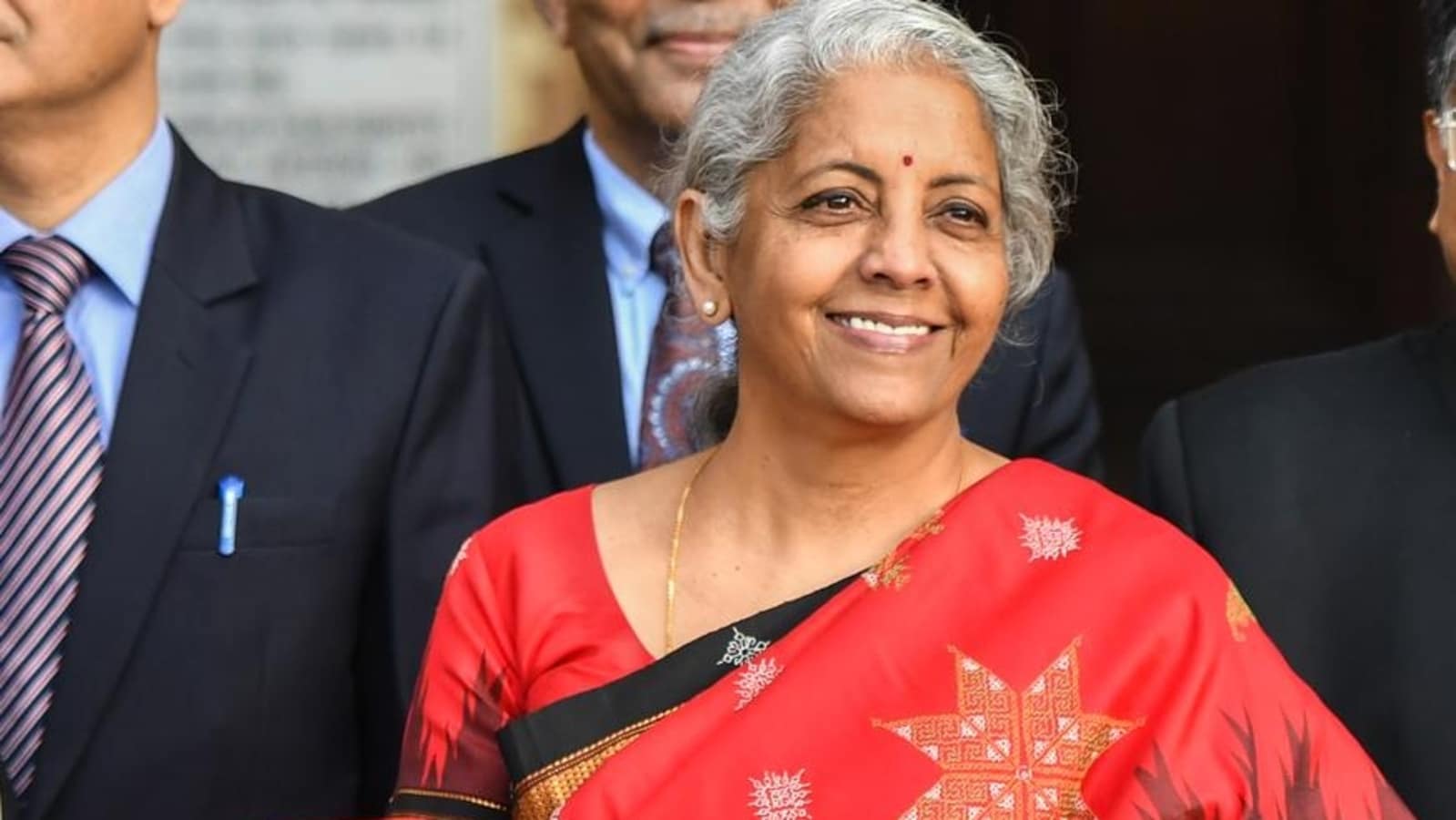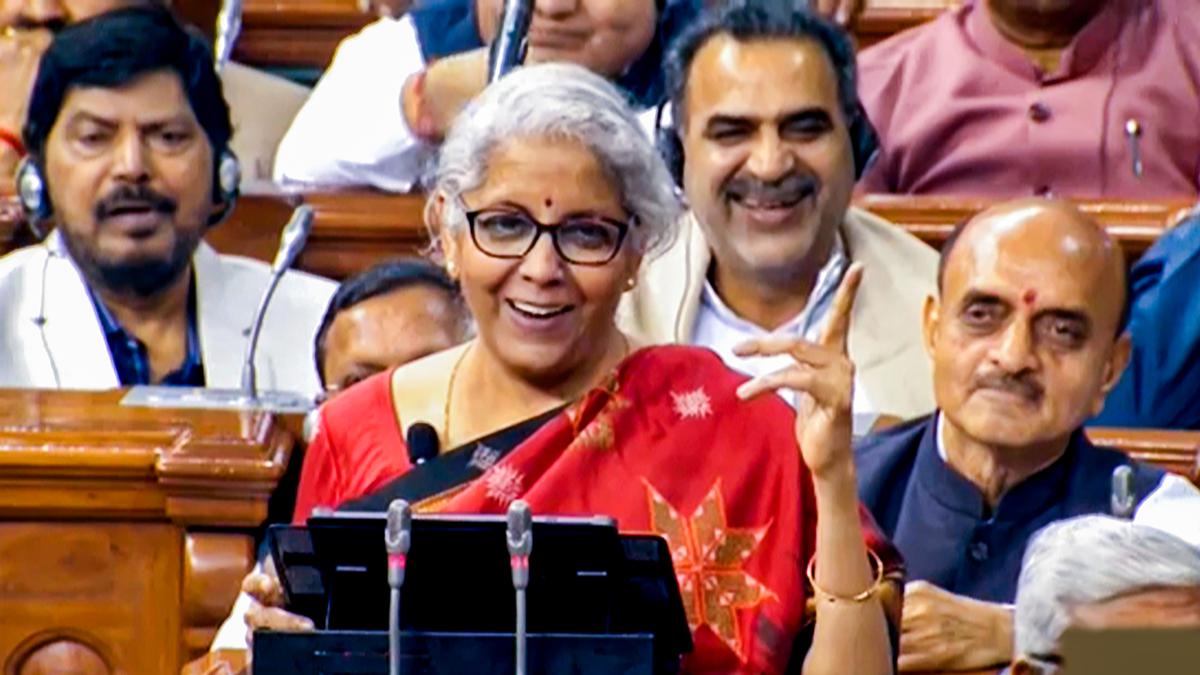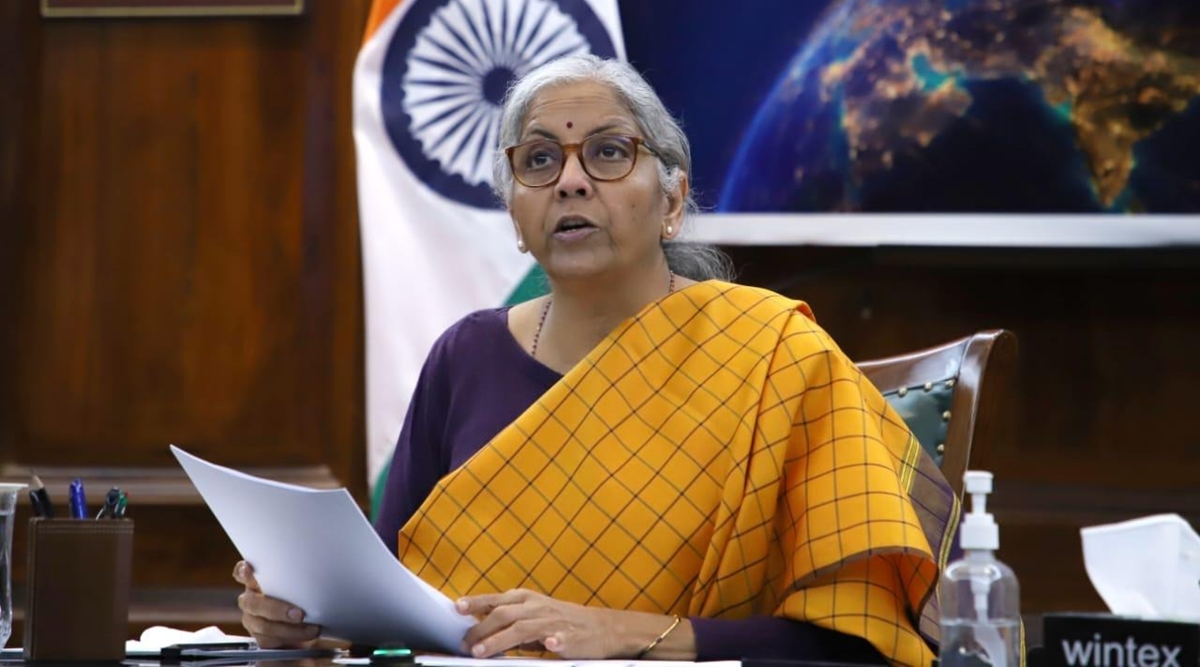2023 Budget: India’s Finance Minister Prioritizes Growth And Resilience in Budget Amid External Challenges
India's Finance Minister Outlines Resilient Budget Amid External Pressure

India’s Finance Minister, Nirmala Sitharaman, has made the country’s budget for 2023 public. She emphasised the significance of growth and resiliency in the face of global crises. The budget is intended to address both the long-term issues affecting India’s economy and the short-term issues resulting from the COVID-19 pandemic. This article will examine the significant components of the budget and offer educated assumptions as to how they will influence India’s economy.

Economic Growth
It’s wonderful that the finance minister wants to promote economic expansion. The proposed budget would allocate INR 5.54 trillion ($74.2 billion) towards enhancing public and private investment. The government intends to establish a national asset monetization pipeline in order to maximise private investment and public sector asset value. The government will also establish a new organisation to help finance long-term infrastructure projects.
In addition, there are budgeted programmes to promote innovative problem-solving and entrepreneurship. The government will create a National Innovation and Startup Policy to aid firms and generate new employment opportunities. By constructing a new centre in Gujarat, the government hopes to foster the growth of the fintech industry.

Infrastructure Development
It’s good to see that the Indian government is trying so hard to speed up infrastructure development, which is very important for the economy of the country.Ports, railroads, and other ways to move people and goods are expected to cost a total of INR 1.97 trillion ($26.4 billion).Also, the government wants to invest 2.26 trillion rupees ($30.2 billion) in energy projects, with an emphasis on renewable energy. In addition, the budget suggests spending INR 39,000 crore ($5.2 billion) on building digital infrastructure to help the digital economy grow.
Infrastructure projects such as Bharatmala, Sagarmala, and Udan are being constructed on purpose, which is another positive sign. These initiatives aim to attract more business, attract more tourists, and enhance communication. Yet, it is unclear how well these projects will be completed because it is difficult to acquire property, there are legal constraints, and there is insufficient funding.

Social Welfare
The administration is making a wise decision by emphasising social assistance programmes more. The budget proposes increased funding for education and health care. In the 2019 fiscal year, the government intends to spend INR 64,180 crore ($8.6 billion) on healthcare infrastructure and INR 93,224 crore ($12.5 billion) on education. The administration intends to launch a new initiative to ensure that all citizens have access to potable water.
It is also essential that the government strive to eliminate income disparities. The Mahatma Gandhi National Rural Employment Guarantee Act (MGNREGA), a social welfare programme that ensures rural households at least 100 hours of work per year, is receiving more funding. The administration has suggested a new social security programme for platform workers and gig workers. These initiatives would help minimise income disparities and increase consumer spending, both of which are essential for the growth of India’s economy.

Fiscal Reforms
The Indian government deserves praise for making fiscal reform its top priority in order to solve the country’s long-term economic problems. Goals include increasing revenue through taxes and reducing the deficit. The government intends to establish a faceless assessment and appeals system to increase tax compliance and reduce corruption. The administration intends to establish a new tax tribunal to expedite the resolution of tax disputes.
not to mention that the government intends to privatize and dispose of other assets. In the next fiscal year, the government intends to sell two public banks and one general insurance firm. In addition, the federal government aims to launch a fresh campaign to convince state governments to invest less in publicly traded enterprises. These suggestions could help the government’s budget while improving the efficiency of public-sector organisations.

Challenges
There are a number of issues that the Indian economy is facing that are international. These issues may make it more difficult for the government to achieve its growth objectives. The continuous COVID-19 epidemic has had a devastating impact on the Indian economy, leading individuals to lose their employment and reduce their spending. It’s encouraging to see that the government is spending money to combat the pandemic’s impacts, but it remains to be seen if these measures will be effective.
Inflation causes a great deal of difficulty for the Indian economy. The administration has proposed a variety of anti-inflationary measures, such as cutting import duties on certain products and making it easier to obtain food grains. Yet, inflationary pressures are anticipated to continue to rise as a result of the outbreak and other issues with the global supply chain.

Impact Of The 2023 Budget On Different Sectors Of The Indian Economy
The budget for 2023 will have a big effect on many parts of India’s economy. Let’s examine each industry separately to determine how it reacted to the budget.
The government wants to give a lot more money to agriculture, with a special focus on irrigation and healthy soil. It also includes money to set up 10,000 new farmer-producer associations (FPAs), which will help farmers sell their crops. This type of action could assist farms in earning more money and producing more food.
The government has proposed a substantial boost in infrastructure funding. Public sector assets might be converted to cash, and a development finance organisation could be established. Both of these could contribute significantly to infrastructure development. The proposed modifications could stimulate long-term economic expansion and employment development.
They have requested that the government drastically increase health care funding. By establishing new medical facilities, hospitals, and infrastructure funds, the cost and quality of healthcare for millions of people could be improved.
The government has suggested putting more money into education, with a focus on training and building new schools. The proposed remedies could increase the employability of young Indians and bridge the skills gap in the country’s labour force.
The government is taking measures to enhance manufacturing throughout the nation. Creating a national innovation and startup strategy and reducing import levies on certain commodities are two of these approaches. Implementing these concepts could make India’s manufacturing sector more competitive and generate new revenue streams.
The proposed spending plan for 2023 by the Indian government can help with a number of economic problems. The plan will only work if the government is able to put the policies in place and deal with outside threats to the economy. In the coming years, when the suggested reforms are put into place, it will be clear how the budget affects different industries.
Conclusion
The 2023 budget is beneficial to the Indian economy. It’s encouraging to see that the government’s top priorities are economic development, infrastructural upgrades, and fiscal reform. Budget measures, such as a national innovation and startup strategy and a development financing organisation, could aid the inventiveness and entrepreneurship of the country. If the government invests more in health care and education, it may be able to resolve some of its longstanding issues with social welfare.
In order for the government to reach its economic goals, it must deal with the COVID-19 pandemic and rising prices. The long-term health of the Indian economy will depend on how well infrastructure projects are carried out and how well public sector assets are sold. To ease the strain on the government’s budget, the administration must also make sure that the suggested budgetary measures, such as collecting taxes and selling some investments, are carried out well.
In conclusion, the budget for 2023 is a significant step in the right direction towards resolving the issues that are harming the Indian economy. The effectiveness of the ideas will depend on the government’s ability to implement them and address external economic issues.
Edited by Prakriti Arora



